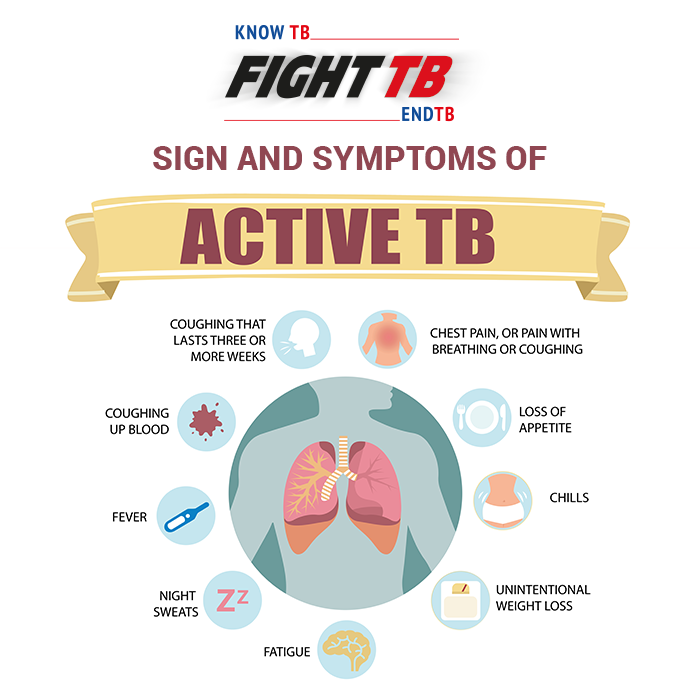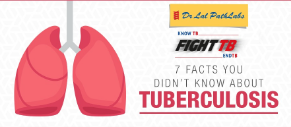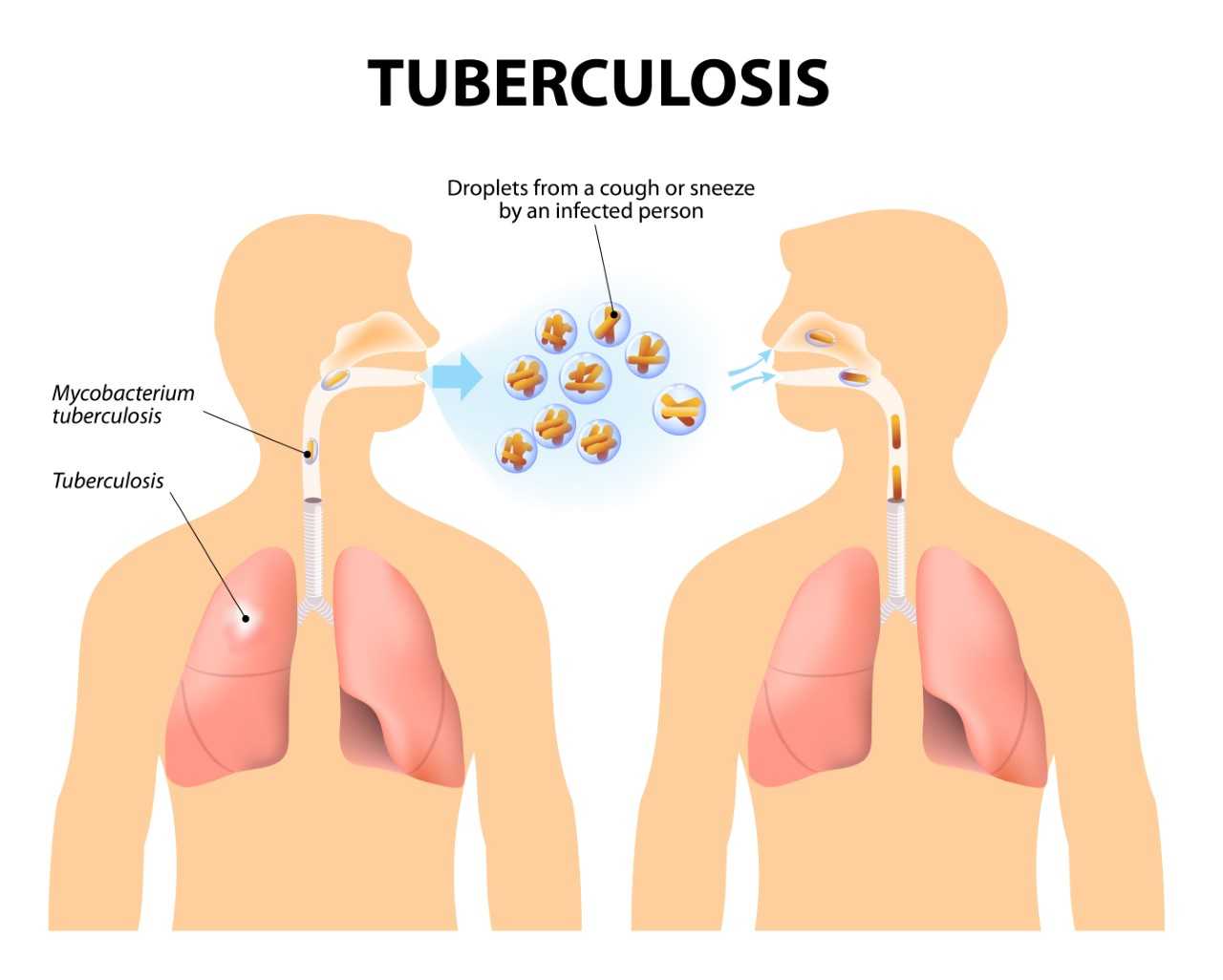Respiratory Syncytial Virus (RSV): Causes, Symptoms, Diagnosis and Management
Respiratory Syncytial Virus (RSV) is a leading contributor to respiratory illness, particularly in infants and young children. It can also impact adults, particularly those with weakened immune systems or pre-existing health issues. Understanding RSV is crucial for managing its impact and preventing severe complications.
What is Respiratory Syncytial Virus (RSV)?
RSV is a virus belonging to the Paramyxoviridae family that causes respiratory tract infections. It is responsible for various illnesses, from mild cold-like symptoms to severe respiratory conditions such as bronchiolitis and pneumonia. The RSV virus is known for its ability to cause significant disease in young children, leading to hospitalisations during peak seasons.
What Causes Respiratory Syncytial Virus (RSV)?
RSV causes are primarily linked to the Respiratory Syncytial Virus. This virus spreads mainly through respiratory droplets from an infected person’s coughing or sneezing. Additionally, RSV can be transmitted by contacting surfaces carrying the virus and touching the face, particularly the mouth, nose, or eyes. The virus can live on hard surfaces for several hours and is highly contagious in close-contact environments.
What are the Risk Factors of Respiratory Syncytial Virus (RSV)?
Specific populations face an increased risk of severe RSV infection:
– RSV in babies and young children, especially those under 6 months of age, are particularly vulnerable.
– Infants born prematurely or those with ongoing health issues such as congenital heart disease or respiratory problems are at an even greater risk of severe illness.
– RSV in adults, particularly those over 65, are also at increased risk, especially if they have chronic diseases or weakened immune systems.
Other risk factors include:
– Exposure to second-hand smoke can exacerbate respiratory symptoms.
– Crowded living conditions, such as daycares or large households, where the virus can spread more quickly.
What are the Typical Symptoms of Respiratory Syncytial Virus (RSV)?
RSV symptoms vary based on age and the severity of the infection. RSV in babies and young children often presents with cold-like symptoms that may progress to more severe respiratory issues.
Common symptoms include:
1. Runny Nose: Often the first sign, leading to congestion.
2. Coughing: Typically persistent and may become severe.
3. Fever: A common RSV symptom, though it may not always be present.
4. Wheezing: It’s a high-pitched whistling sound during breathing, indicating narrowed airways.
5. Difficulty Breathing: Look for signs such as retractions (skin pulling in around the ribs) and nasal flaring.
6. Decreased Appetite: Due to difficulty breathing and general discomfort.
7. Severe Symptoms: In severe cases, RSV can cause bronchiolitis, characterised by inflammation of the small airways or pneumonia, which may necessitate hospitalisation.
Symptoms of RSV in Adults:
In adults, RSV typically presents as a milder illness, resembling a common cold. Symptoms may include:
– Runny nose
– Sore throat
– Cough
– Fever
– Headache
Adults with pre-existing health conditions or weakened immune systems may experience more severe symptoms.
How is Respiratory Syncytial Virus (RSV) Diagnosed?
When diagnosing the RSV virus, a healthcare provider will begin with a clinical evaluation, considering the patient’s symptoms and medical history. To confirm the presence of RSV and assess the severity of the infection, several diagnostic tests may be employed:
1. Nasal Swab or Throat Culture: These tests are used to detect RSV antigens or RNA, providing a direct indication of the virus.
2. Blood Tests: These tests help assess the patient’s overall health and identify any potential complications associated with the infection.
3. Chest X-ray: This imaging test is used to identify complications such as pneumonia, which may arise from an RSV infection.
How to Manage Respiratory Syncytial Virus (RSV)?
Managing RSV primarily involves supportive care. Most cases of RSV resolve on their own with appropriate home care. Key aspects of managing RSV include:
● Hydration: Ensuring the patient stays well-hydrated is crucial for RSV treatment, especially if fever or reduced appetite is present.
● Fever Management: Consult a doctor to address fever associated with the virus.
● Rest: Adequate rest helps the body recover from the infection.
For more severe cases, especially in infants and those with underlying conditions, hospitalisation may be necessary.
How to Prevent Respiratory Syncytial Virus (RSV)?
Preventing RSV infection involves several strategies, focusing on hygiene and minimising exposure:
● Hand Hygiene: Regular and thorough handwashing is one of the most effective ways to reduce the spread of RSV.
● Disinfection: Frequently cleaning and disinfecting commonly touched surfaces and objects can help lower the risk of RSV transmission.
● Avoiding Close Contact: During RSV season, it’s advisable to limit close contact with sick individuals and avoid crowded places, especially for those at higher risk of infection.
While most cases of RSV are manageable with supportive care, early diagnoses and proactive measures can help mitigate the impact of this common virus. Timely intervention is crucial to managing symptoms effectively and preventing complications.
Book a respiratory infection test with Dr Lal PathLabs today for quick and accurate results.
FAQs
1. Can RSV damage the lungs?
RSV can cause significant lung damage, leading to conditions like bronchiolitis and pneumonia, particularly in infants and those with weakened immune systems.
2. How is RSV transmitted?
The RSV virus spreads through respiratory droplets from sneezing or coughing, contact with contaminated surfaces, and touching the face.















